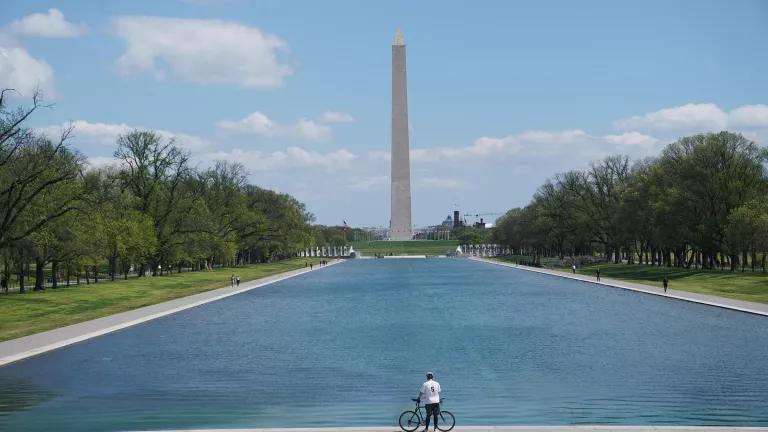Trump tries to exploit a regulatory loophole to rush through his anti-environmental agenda

President Trump is abusing regulatory law in an unprecedented attempt to stop President-elect Biden from cancelling his administration’s last-minute decisions to reject stronger soot protections and rejigger cost-benefit analyses for air emissions rules to benefit polluters.
A president-elect has the power to put a hold on any rule that has not yet taken effect. During that hold period, the incoming administration can work to repeal the rule, effectively preventing it from ever becoming law.
As a result, outgoing presidents scramble to ensure that their rules come into effect before their successors have the chance to block them. That scramble, however, has legal limits, and President Trump’s most recent maneuver transgresses them.
Under federal law, a rule change cannot take effect until 30 days after publication in the Federal Register. There is, however, an exception. An administration may forgo the 30-day period if it finds, for “good cause,” that the wait would be “impracticable, unnecessary, or contrary to the public interest.”
There are sometimes good reasons to invoke this exception to the timetable of federal rulemaking. If, for example, delaying the implementation of a new rule would threaten national security, an administration clearly has the power to use the “good cause” exemption. Or if the normal process would cause or worsen a public health emergency. An administration cannot, however, employ the “good cause” exemption to prevent the new president from canceling last-minute rules, and that is what President Trump is doing.
The U.S. Environmental Protection Agency has offered the thinnest of pretexts for its exploitation of this exemption. In rushing the soot rule into effect, for example, the administration claims the 30-day waiting period would prevent the “regulatory certainty” that its industry patrons so desperately crave. Hold on a second. The rulemaking process typically takes over a year. The suggestion that industry can’t possibly wait for the final 30 days is plainly absurd.
“If a first-year law student used these arguments in a law exam, they would have been flunked,” Amit Narang, a regulatory advocate at Public Citizen, told E&E News.
Federal courts will soon be grading the administration’s argument. I have a feeling they’re going to give President Trump a big, fat judicial F.
Related Content

Trump’s Anti-Environment Agenda for 2020: When Opportunism Knocks

Trump Tells Agencies to Slash Environmental and Health Protections
